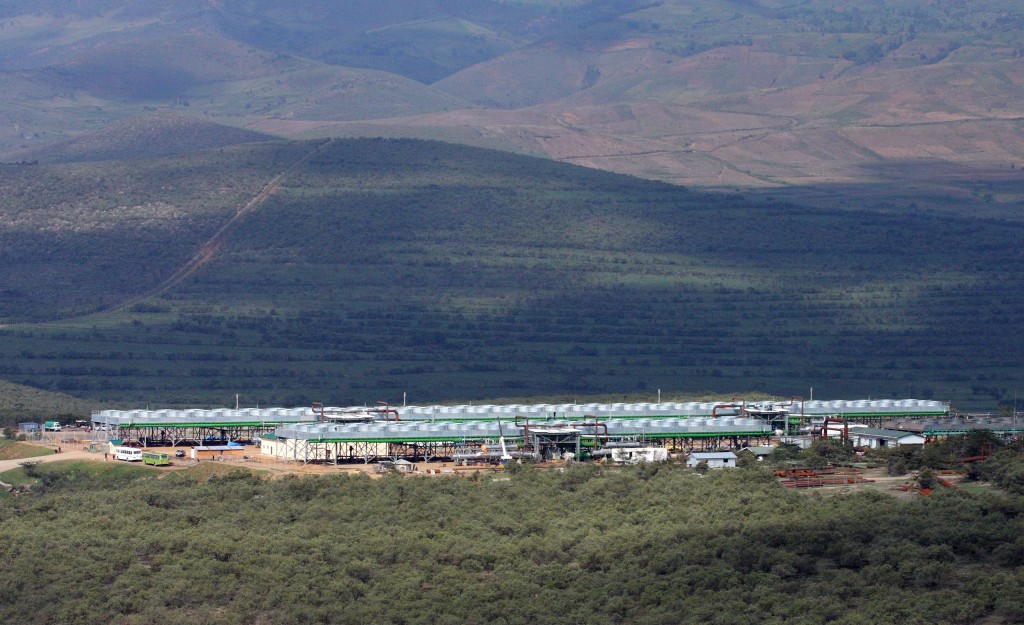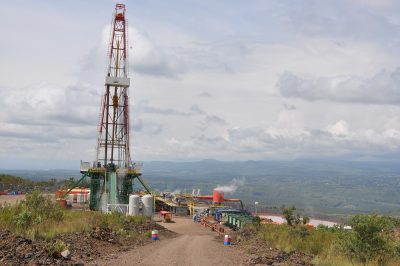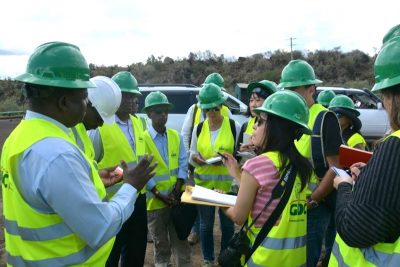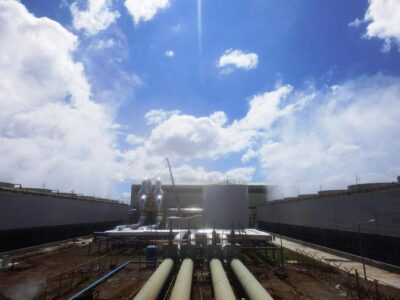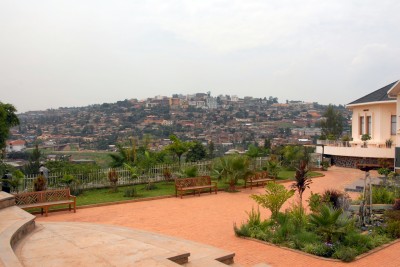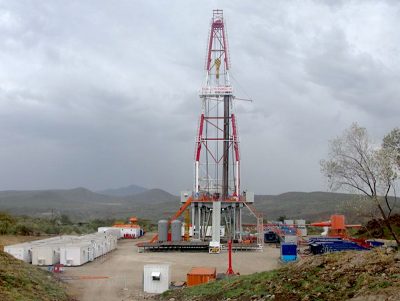Germany provides US$92 million for development in Kenya
Germany contributes US$92 million for geothermal development in Kenya.
In news from Africa, “The Kenyan government says it has plans to construct more geothermal power plants to generate 280 megawatts of electricity.
Energy Minister Kiraitu Murungi said the plants which will be built over the next 3 years by the Kenya Electricity General Company (KenGen) will cost the government 1.4 billion US dollars and the German government will provide 71 million euros towards the construction of the plants.
“I wish to encourage the continuous research, collaboration, capacity building and a collective voice in the development of this resource.
“Our success will be measured by the number of geothermal wells we sink, the tons of steam and megawatts we provide for electricity generation,” Murungi said.
Speaking during a regional stakeholders meeting in Nairobi, the minister said the onus was on the region to develop mechanisms that will increase productivity and connectivity affordability in the region where electricity demand is overwhelming and the cost is prohibitive.
“The Kenyan government has taken deliberate steps to harness our potential in excess of 7,000 MW of electricity out of which we are exploiting a mere 167MW,” Murungi told the stakeholders.
He noted that was why the government has formed the Geothermal Development Company (GDC) as a special purpose vehicle to make geothermal an attractive investment.
GDC is tasked with developing steam fields and selling geothermal energy for electricity generation while the government will finance risks associated with the exploration.
Kenya is investing in cheaper geothermal power generation to reverse the energy crisis caused by high fuel prices and over- dependence on water-driven power production.
During the KenGen initial public offering in 2006, investors were promised that the government would take over the risky exploration and drilling venture, which quite often yield zero results.
Kenya has a potential of 3,000 to 4,000 megawatts (MW) for geothermal generation and the focus is now on developing the vast resources to increase power output to meet demand rising at 8 percent annually.
Geothermal electricity can be delivered to consumers at about 4 Kenyan shillings per kilowatt-hour compared to 10-15 shillings for other sources.
Murungi said the east African nation is fast-tracking its plan to boost renewable energy as hydro power increasingly becomes unreliable due to erratic rains.
The envisaged 20-year plan to boost the country’s power by 2, 000 megawatts has been turned to a three-year “crash programme”.
In adopting renewable energy, Kenya hopes to reap added gains of turning the country into a green economy.
“We need to educate the public of its benefits, and encourage policy makers and private investors to support this sector.
“It’s my hope too that development partners will continue to support our efforts,” he said.
The East African nation gets 75 per cent of its electricity from dams, a third is fuel-generated and the rest comes from geothermal.
The private sector now accounts for just 12 percent of the country’s power supply.
Industrialists have blamed the high cost of locally produced goods on expensive electricity tariffs.
By June 2012, according the minister, the country will have boosted its energy capacity by up to 2,000MW through geothermal, wind, bio-fuel, solid waste and coal-driven power plants.”
Source: Coast Week
